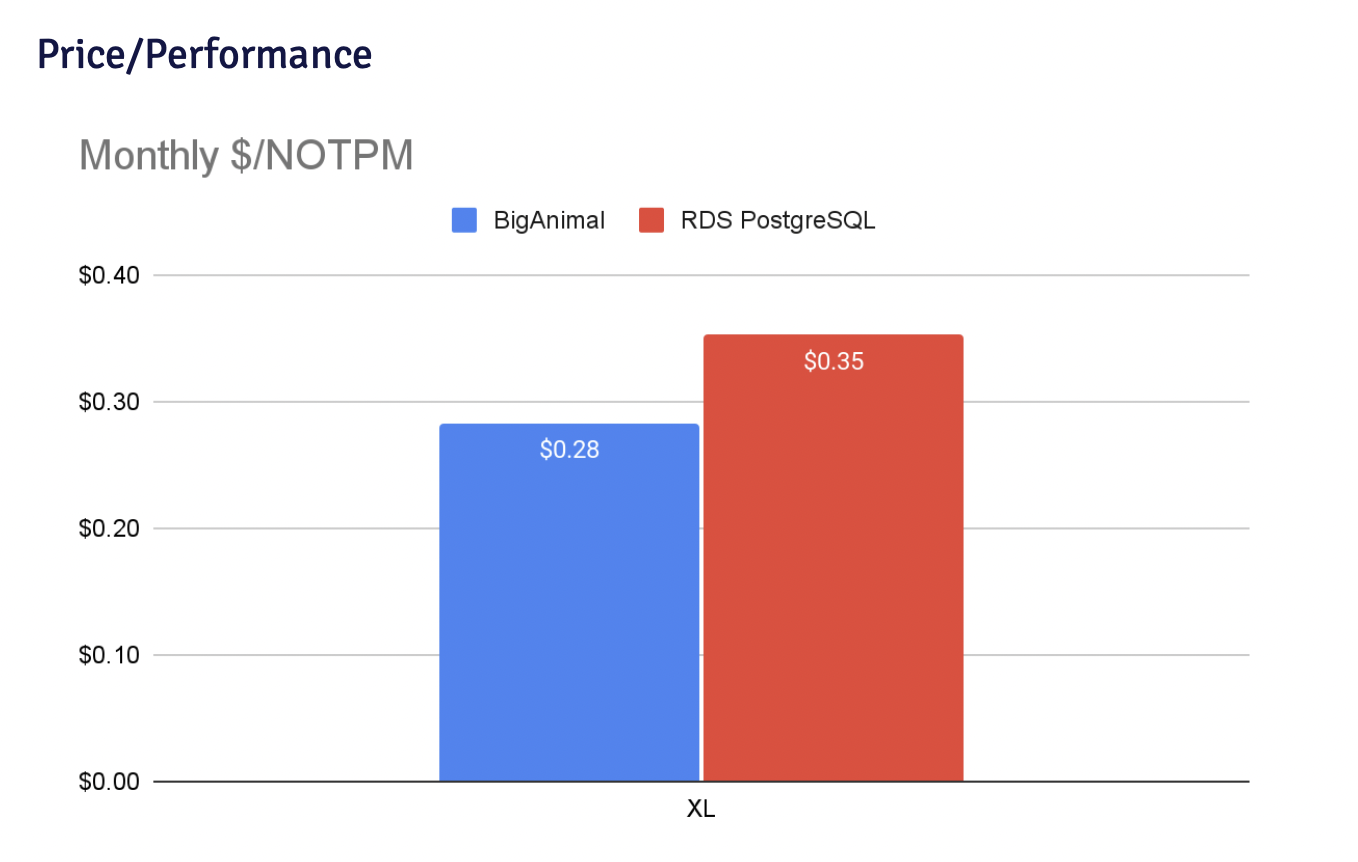
Where are you on your cloud journey? More than likely, you’ve either heard of the advantages moving to the cloud brings for companies, or are somewhere in the process of making the journey yourself. Perhaps you’ve started investing some of your IT department’s spend into the cloud already, and are looking to increase this amount as time goes on.
You’re not alone. According to Gartner, by 2025, more than 85% of companies are expected to adopt a cloud-first approach and over 95% of new digital workloads will be deployed on cloud-native platforms. IT spending has also been increasingly allocated to public cloud services—forecasted to grow 20.7% to total $591.8 billion in 2023, up from 18.8% forecast from 2022.
There are strong advantages to moving to the cloud. Organizations become more flexible, elastic, and scalable in their workloads, while managing costs over the long-term using subscription models. More than that, the adoption of cloud technology has advanced so rapidly that many companies who have not also done so are likely to be challenged when attempting to execute their digital strategies. Cloud software, platforms, and services are going to—and have partially already—become the norm.
With that being said, cost and pricing models for cloud computing and solutions are radically different than what has traditionally been implemented. It can be incredibly difficult to maintain awareness of all the different factors that influence cost, and many organizations may find that they quickly lose control of what they’re being charged by cloud service providers or have no idea of how to prevent overspending from happening in the first place.
The devil is in the details. Capacity planning costs are commonly blamed on the number of vCPUs, which are also often micromanaged in an attempt to lower cloud spend. Yet there are many hidden contributing factors to monthly costs, such as forgetting to rightsize your workload.
It’s difficult to determine what to allocate when first creating a node or architecting part of your infrastructure. Rather than addressing underlying causes in the database or stored data, it also tends to be easier to add additional resources to accommodate performance issues. With tiered pricing, failing to accurately define system resources can affect costs in more ways than one–potentially causing all usage to be billed at higher rates than necessary.
With an OLTP workload similar to the TPC-C you may actually find that the most unexpected costs come from storage. As an example, storage costs are notably higher when using AWS RDS for PostgreSQL vs. hosting PostgreSQL on AWS EC2.
When calculating provisioned IOPS on EC2, you’ll find when using the AWS Pricing Calculator that the rate for RDS is $0.20 per provisioned IOPS. EC2 storage on EBS bills the first 32,000 IOPS at $0.065/provisioned IOPS-month, and the next 32,001-64,000 at $0.046/provisioned IOPS-month ($0.032 for greater than that).
Provisioned IOPS were the top contributing factor to the cost difference in price/performance effectiveness when analyzing the cost effectiveness of AWS RDS vs. EDB’s BigAnimal, EDB’s fully managed database-as-a-service solution for hosting Postgres in the cloud. When comparing two PostgreSQL 14.3 instances with 64,000 provisioned IOPS on AWS RDS (io1) and EDB BigAnimal on EC2 (io2) using on demand pricing, RDS came in at $19,664/month and BigAnimal at $15,638.59/month. For RDS, $12,800 of the costs were due to provisioned IOPS while BigAnimal costs for the same were $7,072.

The end result? The monthly cost divided by NOTPM (New Order transactions executed per minute, or tpmC), when compared for both services, shows BigAnimal costs $0.28 per NOTPM vs. RDS at $0.35 per NOTPM.
There are also serious reasons for concern around vendor lock-in and licensing fees. Once you’ve invested your company’s data and workflows into a particular cloud vendor or solution, migrating your data away from a cloud provider can be incredibly costly, subject to complex and lengthy migration processes, or—worse—sometimes impossible. This can cause organizations to continue using services where their data and teams aren’t in the best hands.
Researching your vendors will help you be informed in the decision of where your company data should be hosted, and how. Look for transparency in pricing models, and compare options when available using pricing calculators and similar resources. Once you’re using the software in production, enabling monitoring and regular logging of database, system, and resource usage will help you to be aware of usage patterns and adjust workload size accordingly. It’ll also help you avoid cloud spend drifting out of control. Setting alerts, thresholds and triggers to help you manage notifications, prevent accidental overspending, and set off automated scripts will help in managing costs.
Check out the webinar “Choosing the Right Postgres Vendor in the Cloud” for a more complete discussion of risks, concerns, and mitigation strategies when moving to the cloud.
Need expert guidance and support? We know it’s hard to find a fully managed solution you can trust for running Postgres in the cloud. That’s why EDB made BigAnimal, bringing EDB’s Postgres expertise to you as a fully managed, scalable, and secure service. With EDB BigAnimal, you get the benefit of the same Postgres everywhere with clear pricing—one bill from us for the service, and one bill from the provider for usage. Book a demo today with one of our cloud experts or check out the free trial to find out how you can simplify your cloud strategy and free your team to focus on what matters most to your business.
All benchmarks were conducted using the scripts available for use in the edb-benchmarks GitHub repository (see: aws-dbt2-rds and aws-dbt2-biganimal).
